The Dark Side of the Wild
How does the idea of the “wild” manifest itself in the lives, and ways of living, that contemporary America remains both fascinated by and deeply ambivalent about?
Please note that shipping will be slower than usual for orders placed between Dec. 24-Jan. 5! Thank you for your patience.
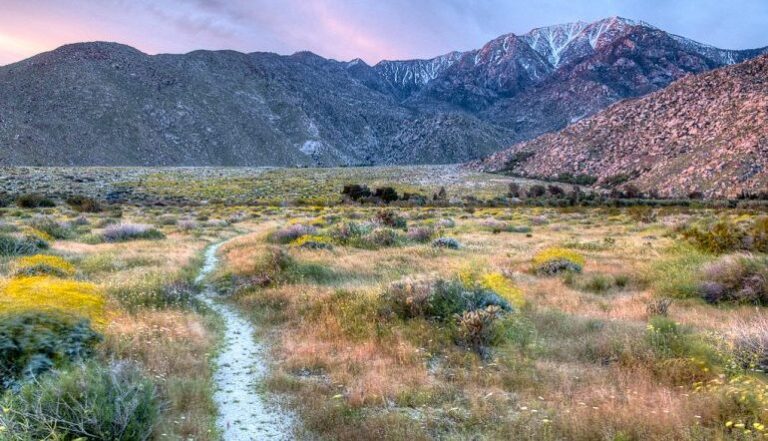
How does the idea of the “wild” manifest itself in the lives, and ways of living, that contemporary America remains both fascinated by and deeply ambivalent about?
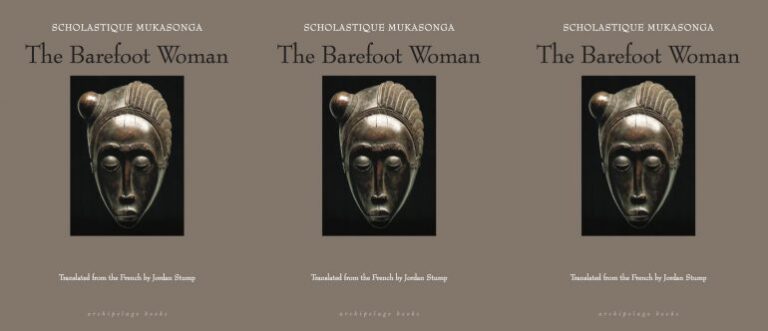
Two works explore violence against women in the midst of the Rwandan genocide and the Partition of India.
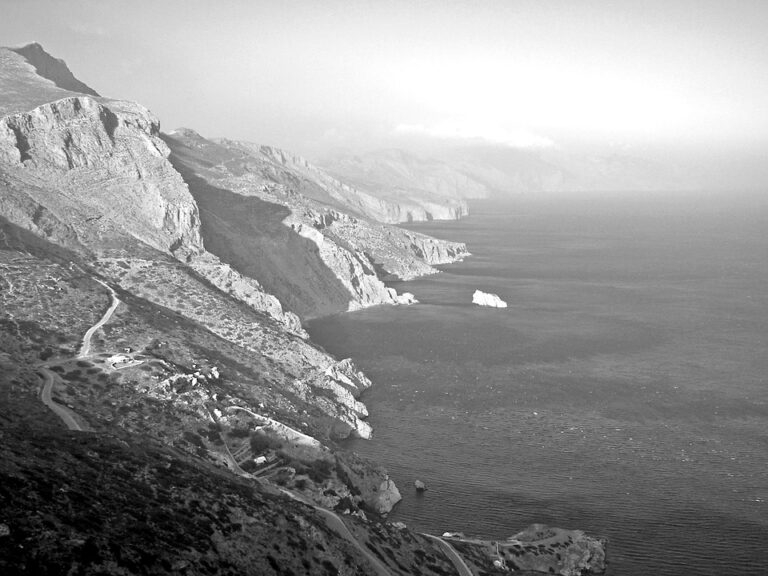
The stories of Ikonomou’s new collection revel in ambiguity, illustrating the crisis in a more nuanced way than many of the “crisis lit” works that reach the U.S. Importantly, too, they demonstrate Ikonomou’s gift for Greek in its rawest spoken form.
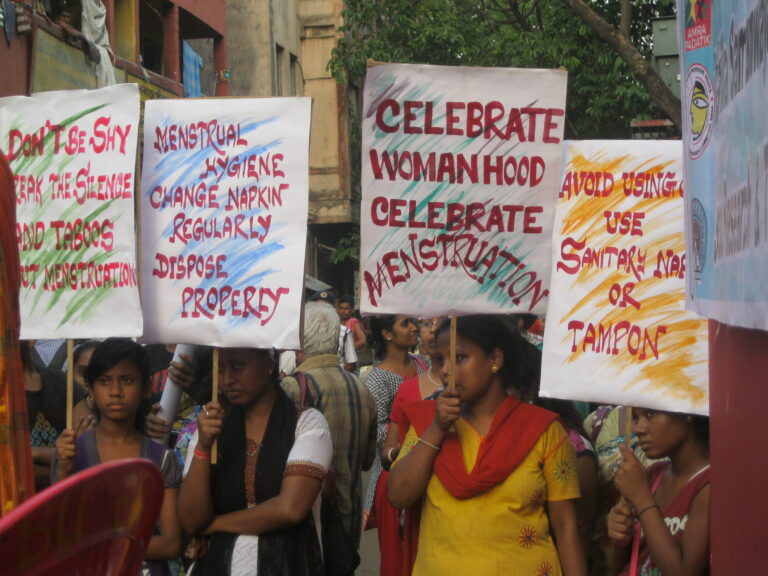
Fiction illustrating menstruation clearly emphasizes the shame, myths and confusion surrounding it. But perhaps more, it illuminates, in a way that is uncommon for literature, the fear felt by the menstruating woman about her body, as well as a societal fear that the menstruating woman is a threat.
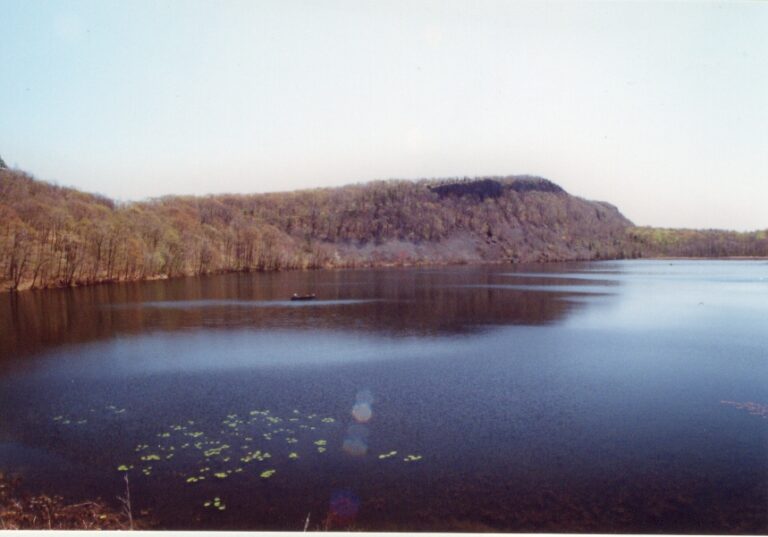
I stumbled across Donald Hall’s “The Third Thing,” an essay on his marriage to fellow poet Jane Kenyon, before my wedding. Hall’s measured tone and rich details came in sharp contrast to all of the bridal materials I was bombarded with, and brought marriage back to life for me.
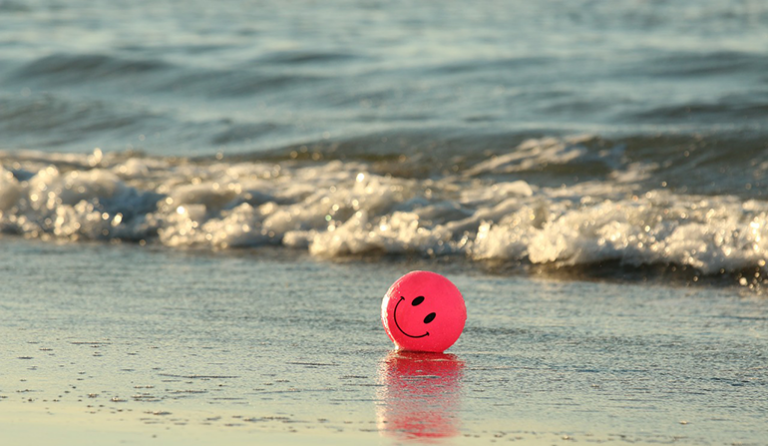
Rather than presenting the dystopian vision of a “happy” society in easy opposition to an implied non-dystopic iteration, Nicola Barker interrogates the boundaries between the two, asking if there is, in fact, something desirable in the dystopic vision—and if the alternative—perhaps a society we recognize—is really better.
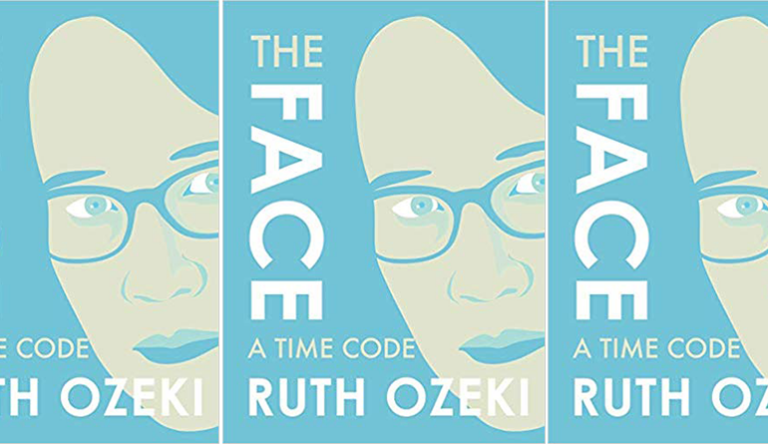
As Ozeki’s reflection shows, our conception of identity changes over time—whether due to personal maturity or changes in the social climate.
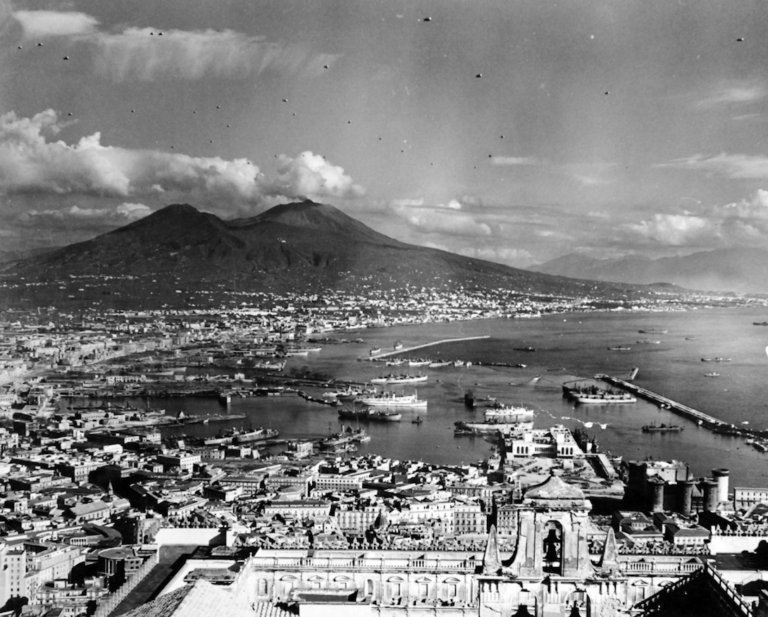
Thinking about #ownvoices within the broader framework of literature suggests that we acknowledge where our representations come from and who controls them—and that we strive to rectify the distortions and erasures generated by centuries of marginalization by always paying attention to whose voices get to be heard.
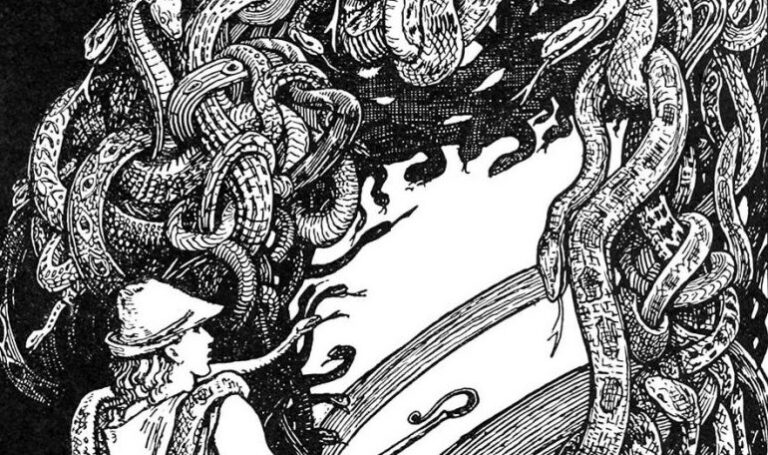
How can feminist theory and art look in the eyes of a future that seems increasingly doomed to eco-catastrophe? And what does that have to do with trickster myths?
No products in the cart.